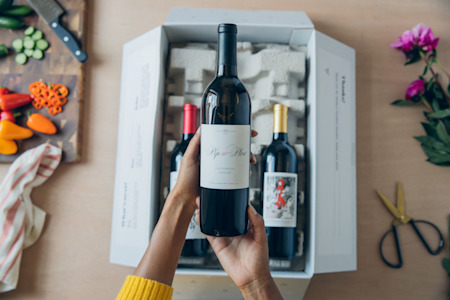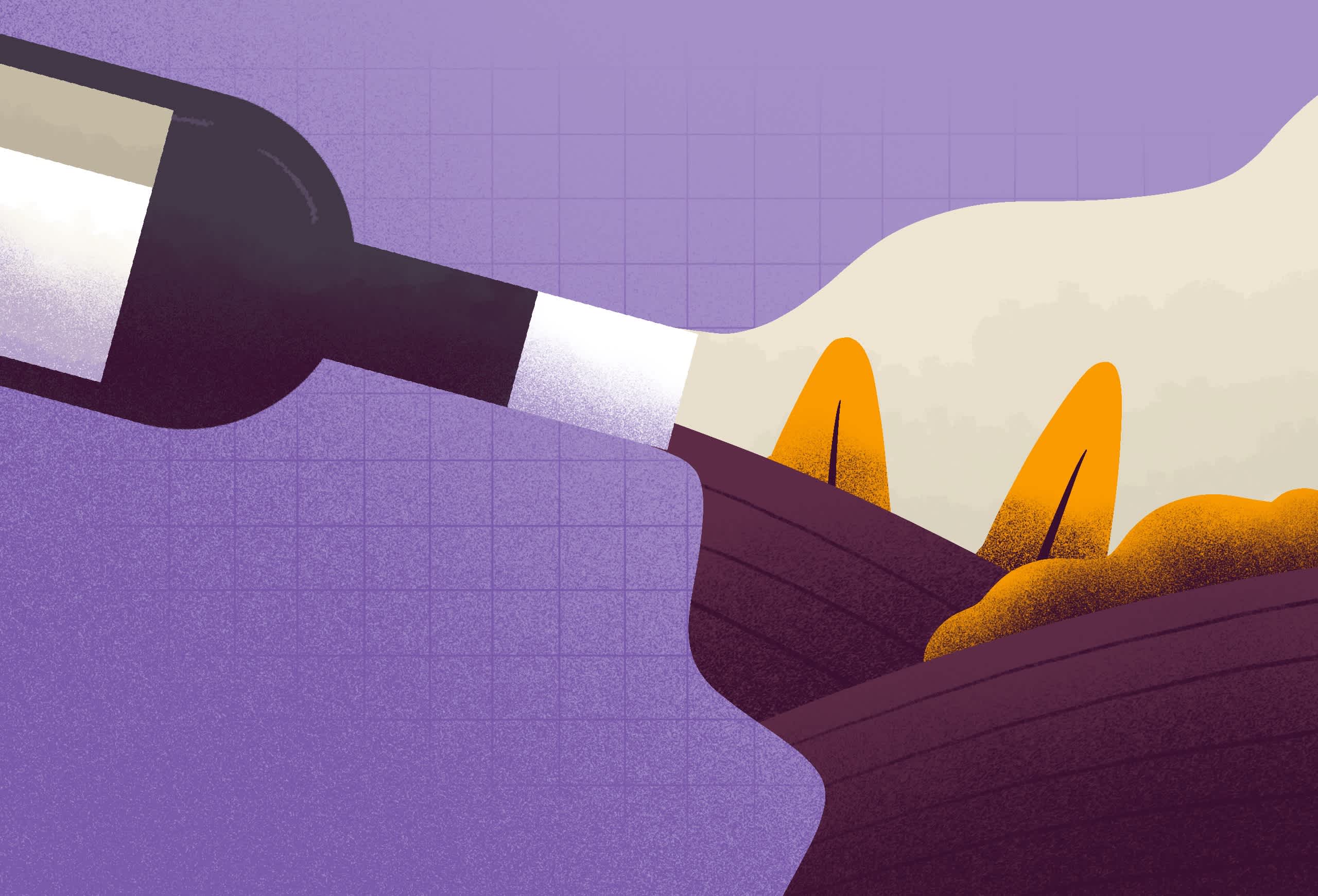What is Biodynamic Wine?
Learn about the practices of Biodynamic winemaking
Biodynamic farming is a holistic approach to farm management that treats the entire property as a living organism. Compost and manure are used to stimulate the growth of cover crops that grow between vine rows, animals are used for tilling and fertilizing the fields, and the most important practices are determined by the phases of the moon.
Some wine experts, sommeliers, and winemakers contend that biodynamic wines showcase terroir more readily than traditionally grown wines. While this idea is debatable, biodynamic farming does not indicate the ultimate style of a wine. It is a farming philosophy.
Making wine in any style is labor-intensive, but biodynamic farming is especially rigorous. Biodynamic or organic certification is administered by recognized certification bodies like Demeter International and Biodyvin. Due to the cost many natural producers describe their practices as "sustainable" or "practicing organic/biodynamic" and forgo the certification.

Take Our Quiz Today
Get award-winning delicious wines from all over the world shipped straight to your door. Take the quiz to get the perfect pairings for your holiday season.
Take The Quiz TodayIN THIS ARTICLE:
Biodynamic Practices
The tenets of biodynamic agriculture were outlined by Austrian philosopher and scientist Rudolf Steiner in the 1920s. It is the oldest sustainable farming movement and has been adopted by winemakers all over the world.
There is an emphasis on the spiritual aspects of agriculture which drives how vintners plant, prune, plow, pick, bottle, and even drink the wine. At its core, biodynamic farmers believe that the farm is an interconnected bio-system that should be treated as one living organism.
The farming practices are incredibly complex and take a lot of time. Nine Biodynamic preparations featuring ingredients like chamomile, nettles, bark, dandelion, and other roots are applied to the soils or to the vines based on the biodynamic calendar. Many of these preparations are made by first filling a cow horn with silica or manure and burying it for a time to prepare a "field spray." The employment of livestock and cover crops between rows also stimulates the growth of microorganisms in the soil.
To fully reap the effects of the biodynamic principles, winemakers must be sure to watch the passage of the moon and the astronomical zodiac. Root days, leaf days, flower days, and fruit days each correspond with the major elements: earth, water, air, and fire. Root days are when vintners should be spraying compost on the soils, leaf days are when pruning should take place, etc.. The calendar is extended even after bottling, and those who truly follow biodynamic winemaking principles will only drink wine on fruit days and flower days.
The History of Biodynamic Winemaking
Biodynamic farming practices have been practiced for almost a century. It originated in Austria, but the first biodynamically farmed wines began to appear in France in the 1960s, it took a few more decades to really catch on.
In the 1970s winemakers in the Loire Valley and Beaujolais began exploring natural viticulture in earnest. They abandoned the chemically driven industrial winemaking and made wines in what they called "the old ways," but it wasn't until the 1980s that Francois Bouchet spread his biodynamic practices notable winemakers at Domaine Leflaive, Domaine LeRoy, and Chapoutier that the French biodynamic scene began to take off.
The cafes of Paris buzzed with excitement about these well farmed wines, and the biodynamic winemaking process was quickly adopted in the United States by a few interested winemakers.
Today some of the biggest wines on earth are made biodynamically. Jean Pierre Fleury in Champagne, Stephane Tissot in the Jura, Domaine Anderson in the Anderson Valley, Cakebread Cellars in Napa, Nicolas Joly in the Loire, Domaine LeRoy in Burgundy, Michel Chapoutier in the Rhône, Cristal in Champagne, Zind-Humbrect in Alsace, Benziger in Sonoma, and even the famous Domaine de la Romanée-Conti are all biodynamic.
IN THIS ARTICLE

WinePrint™ by Firstleaf
Are you looking to learn more about your wine preferences? Check out our Wine Print for an in-depth look at your personal tasting profile. Discover your favorite wines, varietals, regions, and tasting notes and get personalized recommendations wherever you are.
Learn More